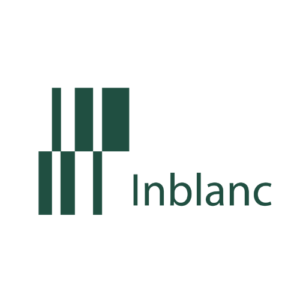
GreenRenoV8
Cost-effective building stock decarbonization and seismic resilience: Incorporating EPBD implementation in renovation plans and passports
The EU’s Renovation Wave strategy is essential for achieving a climate-neutral society by 2050, with a focus on doubling the annual renovation rate by 2030. However, it faces challenges in seismic-prone regions that cover 50% of European territory, requiring a comprehensive approach that enhances both energy efficiency and seismic resilience. The revision of the Energy Performance of Buildings Directive (EPBD) provides an opportunity to integrate seismic safety with energy efficiency, ensuring a holistic strategy that maximizes benefits in these regions.
Sustainable renovation is critical for achieving the EU’s climate and energy goals. National plans must go beyond energy efficiency and address the resilience of buildings to natural hazards. A carbon-neutral EU building stock requires comprehensive renovations that consider energy, seismic, and environmental factors. The adoption of sustainable building renovations, as outlined in the Building Renovation Passport, is crucial for achieving Zero Emission Buildings and advancing national carbon reduction strategies. These efforts offer multifaceted benefits, including social, economic, and environmental improvements.
The overarching goal of the GreenRenoV8 initiative is to deepen the understanding and practical implementation of sustainable renovation through pilot projects. These pilots will focus on renovation plans and Building Renovation Passports aimed at reducing carbon emissions. While the revised EPBD takes important steps, such as defining Zero Emission Buildings, disclosing the life-cycle Global Warming Potential (GWP), and capping embodied emissions, additional measures are necessary to cover the full lifecycle carbon impact of buildings.
GreenRenoV8 aims to mobilize investments to create a highly energy-efficient and decarbonized building stock by 2050. The focus is on informed decision-making for renovation plans and Building Renovation Passports, taking into account seismic vulnerability, energy efficiency, embodied carbon, and financial instruments. Sustainable renovation is a key tool for reaching the EU’s climate goals while ensuring the safety and resilience of buildings in seismic regions. By integrating these considerations, the EU can move closer to its 2050 carbon-neutrality target while addressing the unique challenges of its diverse building stock.
This holistic approach offers long-term benefits across multiple sectors, contributing to a sustainable, resilient, and energy-efficient future for Europe.
Motivation & Impact
Role of R2M
Motivation & Impact
The GreenRenov8 project is motivated by the European Union’s goal of achieving a climate-neutral society by 2050, in line with the European Green Deal and the Renovation Wave strategy. The project addresses the urgent need to renovate and fully decarbonize Europe’s building stock, which currently has a low renovation rate of only 1% annually. The goal is to double this rate by 2030. A significant challenge lies in the fact that about 50% of Europe’s buildings are in areas prone to seismic activity, presenting both energy inefficiency and seismic risks.
GreenRenov8 aims to integrate seismic safety into energy-efficient renovation strategies, recognizing that seismic and energy performance have traditionally been addressed separately. This comprehensive approach not only improves energy efficiency but also ensures buildings are resilient to seismic events, thus enhancing social, economic, and environmental benefits.
The project focuses on developing national renovation plans that reduce carbon emissions while considering seismic safety and whole-life carbon analysis. It aligns with the revised Energy Performance of Buildings Directive (EPBD), which defines Zero Emission Buildings (ZEB) and calls for the consideration of the full lifecycle of carbon emissions. GreenRenov8 envisions a sustainable building stock through deep, staged renovations, including energy and seismic upgrades, with the goal of reaching a carbon-neutral building stock by 2050. Additionally, it provides support to national authorities, investors, and financial institutions in aligning renovation strategies with climate objectives and EU standards.
Role of R2M
R2M Solution Spain is responsible of the WP7: Communication, Dissemination and Exploitation of the Results. This work package covers: Dissemination and communication strategy with impact report, Webpage, Sustainability, replication and exploitation strategy (first version), Strategy for replication and exploitation activities and Report on dissemination events about the preparation of the National renovation plans.












































